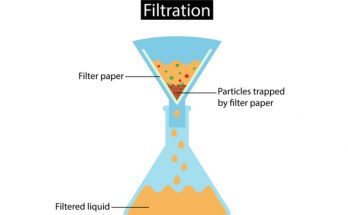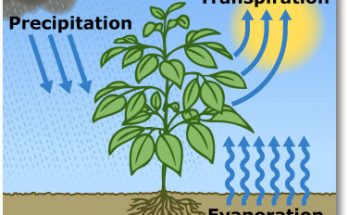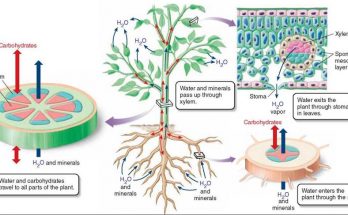
How is Food Transported in Plants -Class 10
The Plant Food such as Sugars and other metabolites are transported through phloem and Water transported through Xylem.
Role of Phloem in Transportation of Food
3 step Mechanism of Transport of Food in a Plant explained








